Table of Contents
Introduction to the World of Hot Peppers
If you're a spice lover or just starting your journey into the fiery world of peppers, this article is for you. From the mild poblano to the legendary Carolina Reaper, each hot pepper brings its own unique flavor and heat level. This guide focuses exclusively on peppers with measurable capsaicin content, helping you navigate the spectrum of heat safely and effectively.
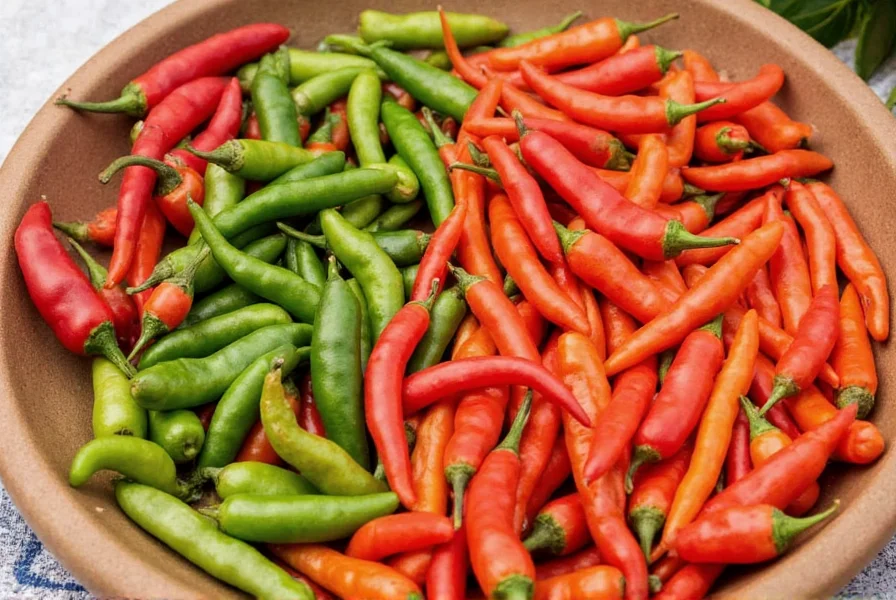
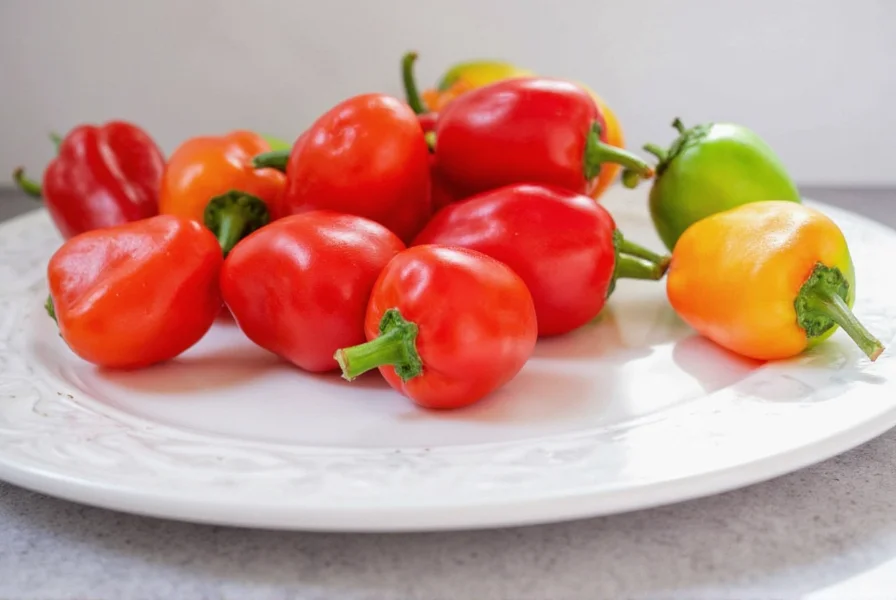
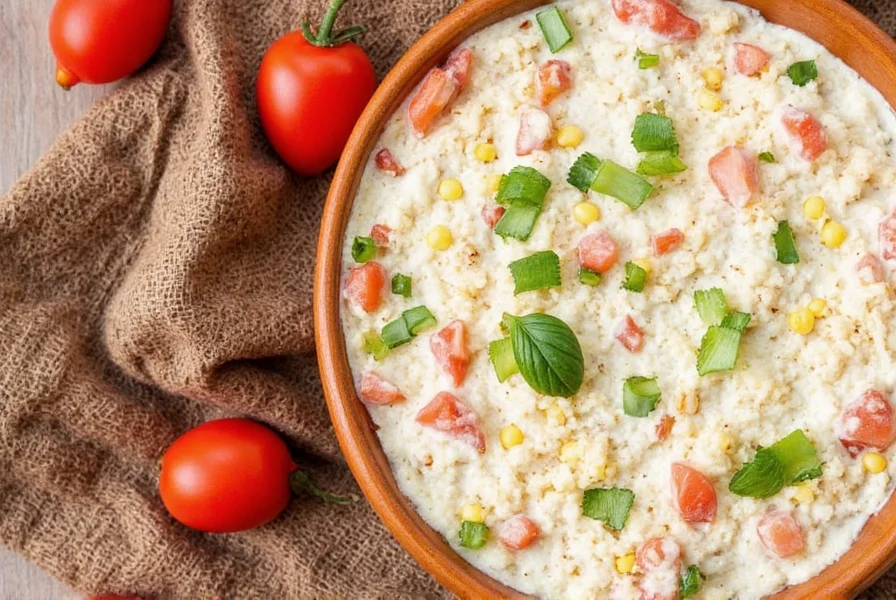
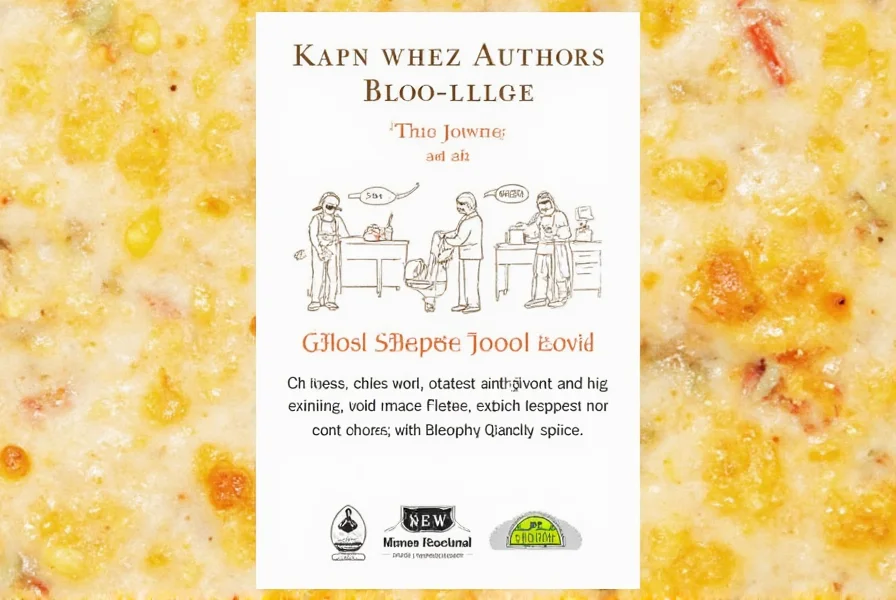
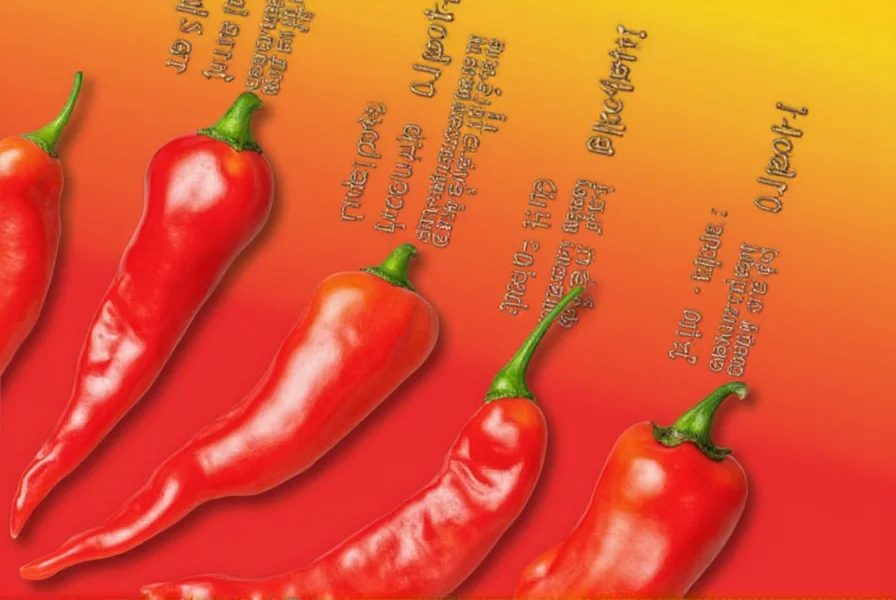
Understanding Spice Levels and Scoville Units
Before diving into the list of hot peppers, it's important to understand how heat is measured. The Scoville scale, developed by Wilbur Scoville in 1912, measures the amount of capsaicin in a pepper, which is the compound responsible for the heat sensation.
Scoville units (SHU) range from 0 (no heat) to over 2 million (for the Carolina Reaper). Bell peppers (0 SHU) are not considered hot peppers but serve as the baseline for measurement. Here's a breakdown of common hot peppers:
| Pepper | Scoville Units |
|---|---|
| Jalapeño | 2,500 - 8,000 |
| Serrano | 10,000 - 23,000 |
| Habanero | 100,000 - 350,000 |
| Scotch Bonnet | 100,000 - 350,000 |
| Cayenne | 30,000 - 50,000 |
| Thai Bird's Eye Pepper | 50,000 - 100,000 |
| Ghost Pepper (Bhut Jolokia) | 1,000,000 - 1,500,000 |
| Carolina Reaper | 1,500,000+ |
This scale helps you choose the right pepper based on your heat tolerance. If you're new to spicy food, start with milder options like jalapeños or serranos and work your way up!
The Complete List of Hot Peppers
Now that you understand heat measurement, let's explore the most popular hot peppers with verified Scoville ratings and culinary uses. All peppers listed here contain measurable capsaicin (SHU > 0).
1. Jalapeño
The jalapeño is one of the most commonly used peppers in Mexican cuisine. It's medium-hot with a bright, slightly fruity flavor. Ideal for salsas, guacamole, and stuffed peppers. Perfect for beginners.
2. Serrano
Similar to jalapeños but hotter (2-3x), serrano peppers are often used in fresh salsas and guacamoles. They're also great for making hot sauces and adding heat without overpowering other flavors.
3. Habanero
Known for its intense heat and citrusy aroma, the habanero is a staple in Caribbean and Mexican cooking. Commonly used in hot sauces, moles, and even desserts for a surprising kick. Handle with gloves.
4. Scotch Bonnet
Native to the Caribbean, the Scotch bonnet is similar to the habanero but with a sweeter, fruitier flavor. Widely used in jerk seasoning, hot sauces, and seafood dishes. SHU range matches habaneros but with distinct flavor profile.
5. Cayenne
Cayenne peppers are long and thin, typically dried and ground into powder. They add heat and depth to Indian, Chinese, and Mexican cuisines. Versatile for spice blends, rubs, and sauces.
6. Thai Bird's Eye Pepper
These tiny but mighty peppers are the backbone of Thai cuisine. Extremely hot (50k-100k SHU) and used in curries, stir-fries, and dipping sauces. Ideal for experienced spice lovers.
7. Ghost Pepper (Bhut Jolokia)
Once considered the world's hottest pepper, the ghost pepper is still a favorite among chiliheads. Used in Indian cuisine with smoky, sweet, and extremely hot flavor. Requires careful handling and moderation.
8. Carolina Reaper
Currently holding the Guinness World Record for hottest pepper (1.5M+ SHU), the Carolina Reaper is a hybrid of ghost pepper and habanero. Not for the faint of heart, but perfect for extreme heat enthusiasts and specialty hot sauces.
9. Tabasco Pepper
Used to make the famous Tabasco sauce, these small red peppers are moderately hot (30k-50k SHU) with tangy, zesty flavor. Great in dressings, marinades, and sauces. Widely available fresh or preserved.
10. Poblano
Mild heat (1,000-2,000 SHU) with rich, earthy flavor. Often roasted and used in Mexican dishes like chiles rellenos. Perfect for beginners exploring hot peppers. Note: When dried, it becomes ancho pepper.
These peppers represent the most commonly used varieties in global cuisine. Always start with lower heat levels and gradually increase as you build tolerance.
Practical Cooking Tips with Hot Peppers
Hot peppers elevate dishes through controlled heat application. Here are science-backed tips:
- Start Small: Use 1/4 of recommended pepper quantity, then adjust. Capsaicin builds cumulatively.
- Wear Gloves: Always wear nitrile gloves when handling peppers above 10k SHU. Capsaicin binds to skin and can cause burns.
- Remove Seeds and Membranes: 80% of capsaicin resides in the white pith. Removing it reduces heat by 50-70%.
- Pair with Dairy: Casein in milk/yogurt neutralizes capsaicin. Avoid water (it spreads heat).
- Roast for Depth: Roasting peppers caramelizes sugars and enhances complexity. Ideal for habaneros and chipotles.
Always test heat levels before adding to dishes. Use a kitchen scale for precise measurements when making hot sauces.
Buying Guide for Hot Peppers
Choosing the right pepper depends on your heat tolerance and culinary goals. Here's how to select quality products:
1. Fresh vs. Dried
- Fresh Peppers: Best for salsas, stir-fries, and immediate use. Look for firm skin, vibrant color, and no soft spots.
- Dried Peppers: Ideal for long-term storage and spice blends. Check for intact texture and strong aroma.
2. Where to Buy
- Local Markets: Best for fresh peppers (check for freshness daily)
- Specialty Stores: For rare varieties like ghost peppers or Carolina Reapers
- Online Retailers: For dried powders, seeds, and specialty products (Amazon, PepperScale.com)
3. Quality Check
- Fresh: No wrinkles, mold, or discoloration. Should feel heavy for size.
- Dried: No cracks, musty smell, or insect damage. Should snap cleanly when bent.
4. Recommended Products
- Poblano Peppers (Fresh): Perfect for beginners. Mild heat (1k-2k SHU) with rich flavor.
- Ghost Pepper Powder: 100% pure ground ghost pepper. Ideal for adding controlled heat to sauces.
- Habanero Paste: Concentrated flavor with balanced heat. Great for marinades and rubs.
- Carolina Reaper Seeds: For experienced growers. Requires 90+ days to mature.

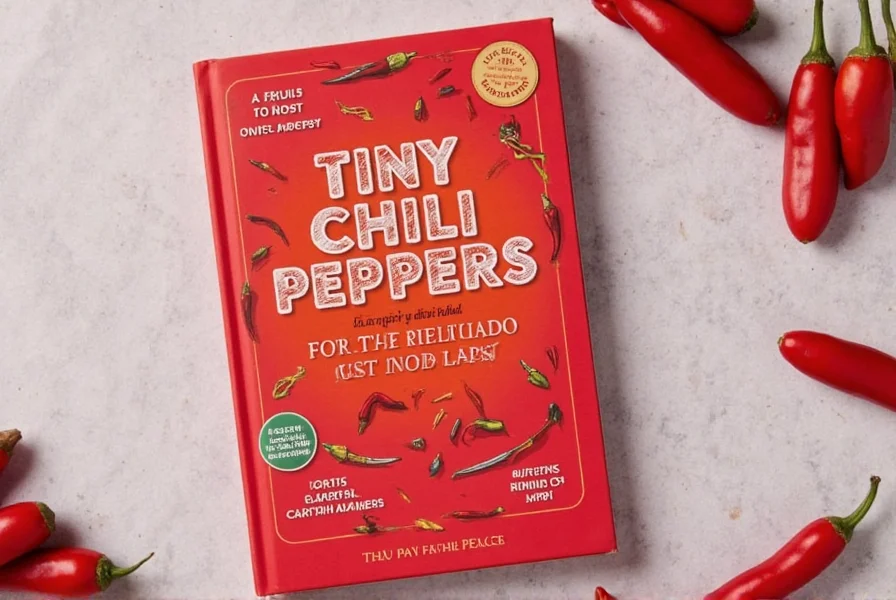
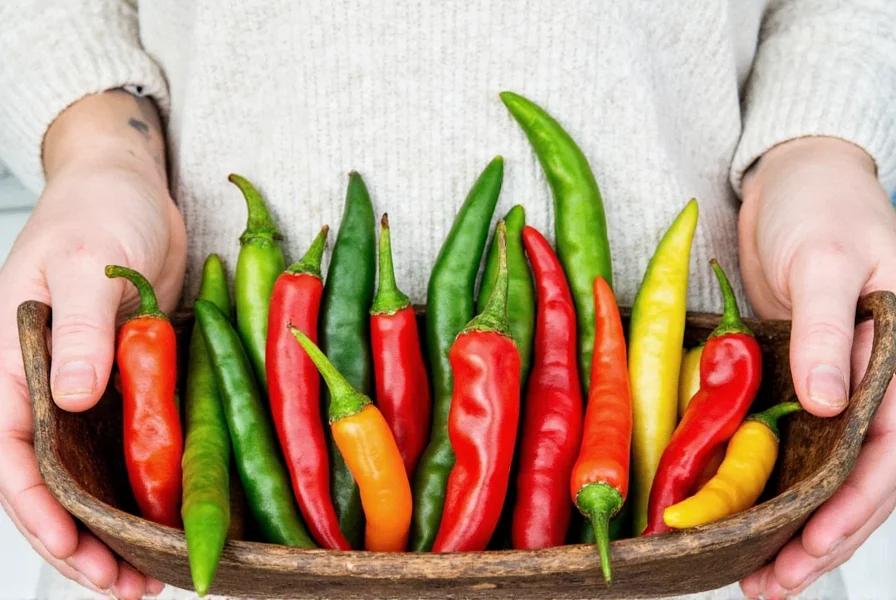
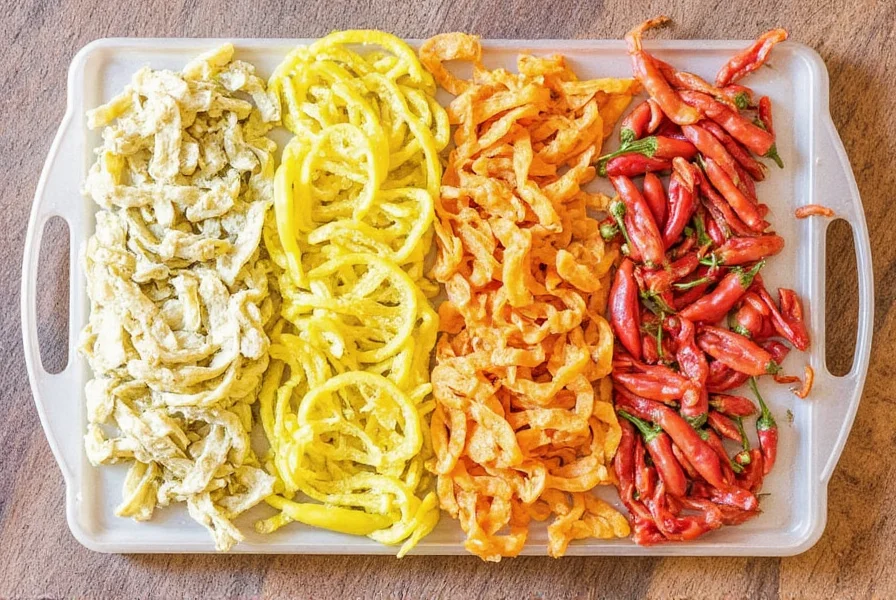
Frequently Asked Questions About Hot Peppers
What is the mildest hot pepper?
Poblano peppers (1,000-2,000 SHU) and Anaheim peppers (500-2,500 SHU) are the mildest true hot peppers. Bell peppers (0 SHU) are not considered hot peppers but belong to the same plant family.
What is the hottest pepper in the world?
The Carolina Reaper holds the Guinness World Record at 1.5M+ SHU. Some experimental peppers like Pepper X claim higher ratings but lack official verification.
How can I reduce the heat of a pepper?
Remove seeds and white membranes (contains 80% capsaicin). Balance with dairy (milk, yogurt), sugar, or acidic ingredients (vinegar, citrus). Never use water - it spreads capsaicin.
Why do hot peppers make my mouth burn?
Capsaicin binds to TRPV1 receptors in your mouth, triggering a heat response. This is a plant defense mechanism against mammals. Humans are the only species that consume peppers for pleasure.
How should I handle extremely hot peppers safely?
Wear nitrile gloves and eye protection. Work in ventilated areas. Never touch face or eyes. Wash hands with soap and oil-based cleaner (capsaicin is oil-soluble). Store in sealed containers away from children.
Can I grow hot peppers at home?
Yes! Most hot peppers grow well in containers with 6-8 hours of sunlight. Start seeds indoors 8-10 weeks before last frost. Use well-draining soil and consistent watering. Ghost peppers and Carolina Reapers require 90-120 days to mature.
Why do some hot peppers taste fruity?
Flavor compounds like terpenes and esters develop during ripening. Habaneros and Scotch bonnets contain limonene and linalool, creating citrusy notes. This complexity makes them popular in gourmet cooking.
How long do fresh hot peppers last?
Refrigerated in paper bags: 1-2 weeks. Frozen: 6 months (blanch first for best texture). Dried: 1+ year when stored in airtight containers away from light.
Conclusion
From the mild poblano to the record-breaking Carolina Reaper, hot peppers offer incredible culinary diversity when used correctly. Always verify Scoville ratings before use, handle super-hots with proper safety measures, and respect your personal heat tolerance.
Remember: The goal isn't to consume the hottest pepper possible, but to enhance dishes with controlled heat that complements flavors. With proper knowledge and precautions, you can safely explore the fascinating world of capsaicin-rich peppers.










 浙公网安备
33010002000092号
浙公网安备
33010002000092号 浙B2-20120091-4
浙B2-20120091-4